
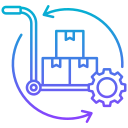
Procurement
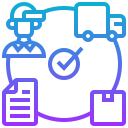
Order processing
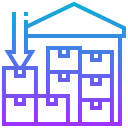
Warehouse Management
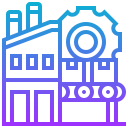
Production
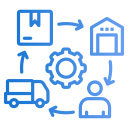
Supply Chain Management
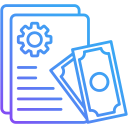
Payroll
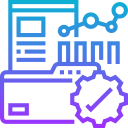
MIS Reporting

B2C

CRM
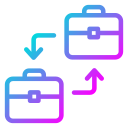
B2B
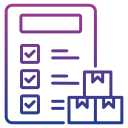
Inventory Management
Purchase request system for cross-departmental approval.
Supplier database for info, contracts, and performance metrics.
Purchase order generation, tracking, and management.
Real-time inventory tracking for receipts, stock levels, and usage.
Partners meeting quality, timeliness, and responsiveness standards.
Efficient RFQ process: competitive pricing, informed decisions.
Contract management ensures clarity, tracking renewal, and compliance.
Budget tracking aids cost management, prevents overspending.
Receipt recording, quality inspection , inventory integrity.
Invoice Verification Cross-referencing invoices, purchase orders and payments through receipts
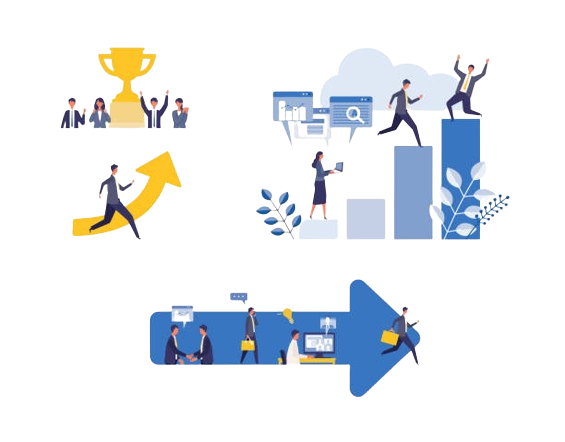
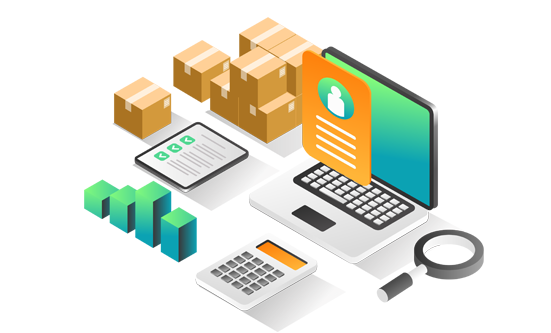
Handles the creation, modification, and tracking of customer orders.
Optimizes stock levels for efficient order fulfillment
Oversees order shipments and logistics
Creates invoices and manages billing for orders.
Handles customer interactions and order-related data
Offers analytics on order processing efficiency
Unifies order processing with sales and marketing for seamless operations.
Manages product returns, refunds, and exchanges within orders
Manages tracks incoming inventory for orders.
Automates order tasks for streamlined efficiency.
Inventory Movement Tracking
Efficiently process and fulfill customer orders from stock.
Goods Receiving and Allocation
Select and prepare items from inventory for shipment to customers.
Organize and track inventory by assigning specific storage bin locations.
Inventory Rotation for Freshness & Waste Reduction
Periodic Inventory Counts for Accuracy & Discrepancy Detection
Inventory Transfer Between Warehouses
Returned Goods Management , Restocking or Disposal
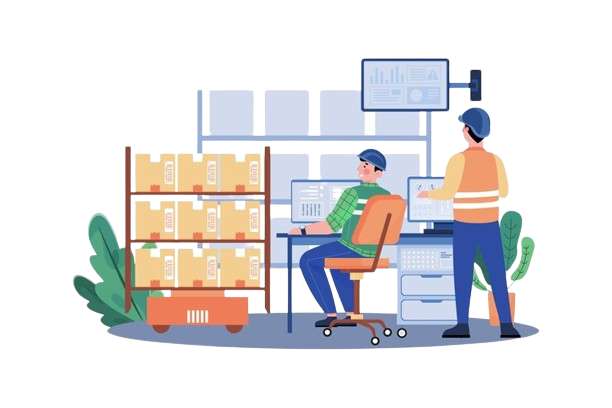
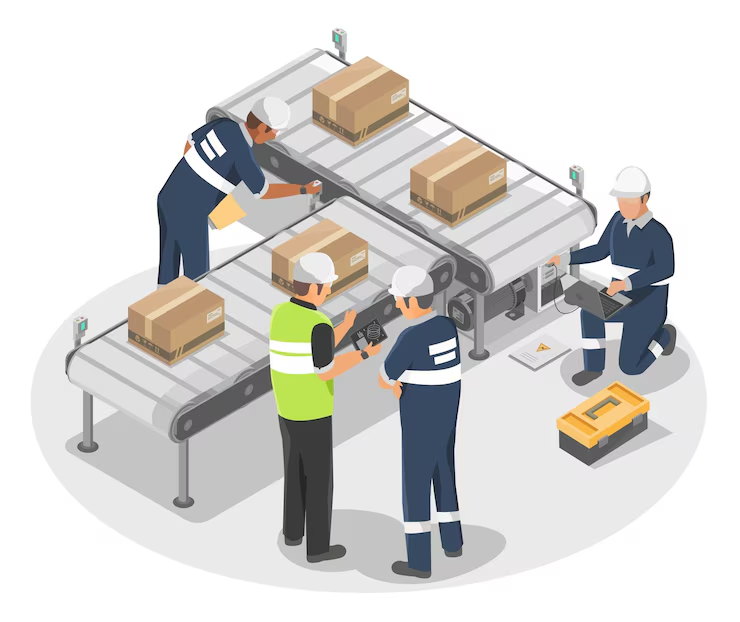
Create and manage detailed lists of materials required for production.
Plan, schedule, and track manufacturing tasks and processes.
Capacity Optimization, Forecasting & Scheduling
Manufacturing Process Sequencing, Definition & Management
Production Progress Monitoring & Management
Inspection & Testing for Standards Compliance.
Materials, Labor, and Overhead Calculation.
Reports for Efficiency Enhancement.
Linking Production, Inventory, and Sales for Coordination.
Forecast and anticipate customer demand to optimize inventory levels.
Manage work with suppliers and track procurement activities.
Process of acquiring goods and services from external suppliers.
Meeting Demand, Minimizing Costs
Process of purchasing goods and services from suppliers.
Planning and scheduling production activities to meet demand efficiently.
Processing and fulfilling customer orders accurately and on time.
Transportation of goods from suppliers to warehouses and customers.
Warehouse operations including receiving, picking, packing, and shipping.
Real-time visibility into the entire supply chain for better decision-making.
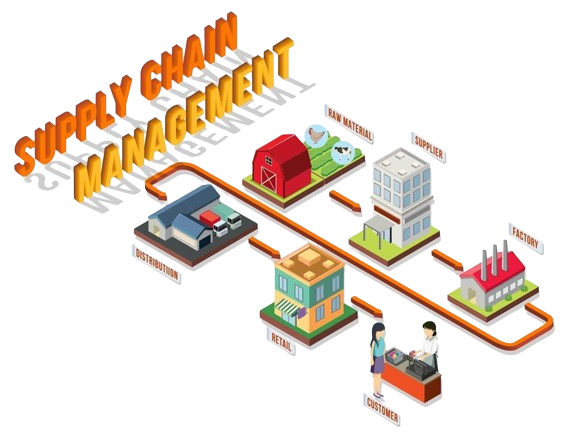

Tracks details such as employee demographics, job roles, and compensation structures.
Employee wages factors like hours worked, overtime, and bonuses.
Handles tax deductions from salaries
Monitors employee attendance and integrates with salary calculations.
Salary distribution via different methods like direct deposit or checks.
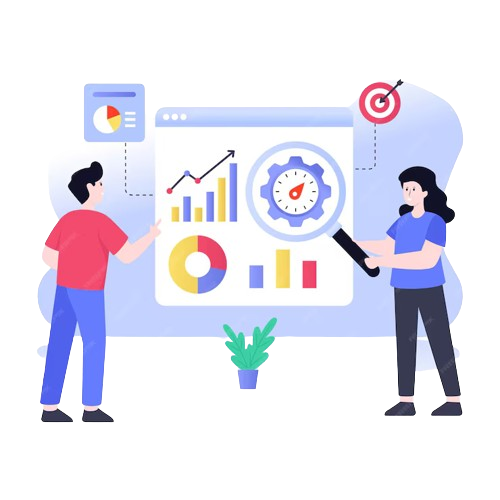
Finance module, such as balance sheets, income statements, and cash flow statements.
Inventory management module, including stock status reports, reorder level analysis, and inventory valuation reports.
Sales module, such as sales performance reports, sales forecasts, and customer purchase history reports.
Purchasing module, including purchase order reports, vendor performance analysis, and purchase cost variance reports.
Human resources module, including employee attendance reports, payroll summaries, and performance evaluation reports.
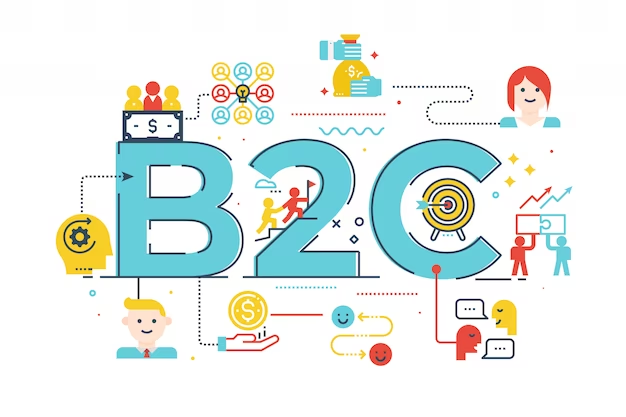
Tracks stock, manages replenishment, and ensures product availability.
Manages orders from placement to fulfillment, tracks status.
Customer data, interactions, and support for enhanced relationships.
Organizes products with detailed info and images.
Handles in-store transactions, including payments and returns.
Links ERP to online platforms for B2C sales management.
Coordinates, labels, and tracks deliveries for order accuracy.
Generates invoices, processes payments, and manages billing cycles.
Tracks and resolves inquiries, complaints, service requests.
Handles warranty info, claims, and repairs for products.
Streamlines product returns, refunds, restocking.
Facilitates campaigns, discounts, promotions for customer retention.
Enables on-the-go B2C operations management via mobile devices.

Customer information such as contact details and company information
Tracks the progress of leads through the sales pipeline.
Sales opportunities from lead generation to closing deals.
Interactions with customers through emails, calls, and meetings.
Handles customer inquiries, complaints, and support requests to ensure satisfaction and retention.
manage cost estimates for potential sales opportunities or projects.
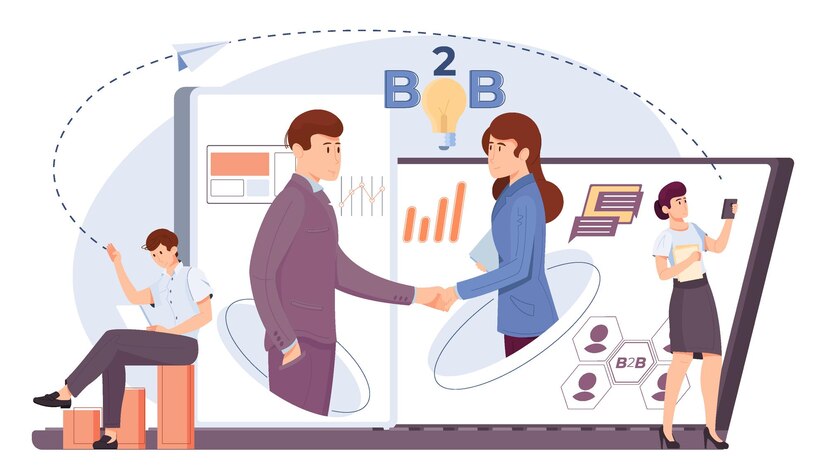
Information and interactions with business customers.
Transactions with suppliers and partners.
Processes including requisitions, orders, and receipts.
Sales processes orders, and invoices.
Tracks stock levels, movements, and availability for B2B transactions.
Sets pricing structures and manages contractual agreements with B2B clients.
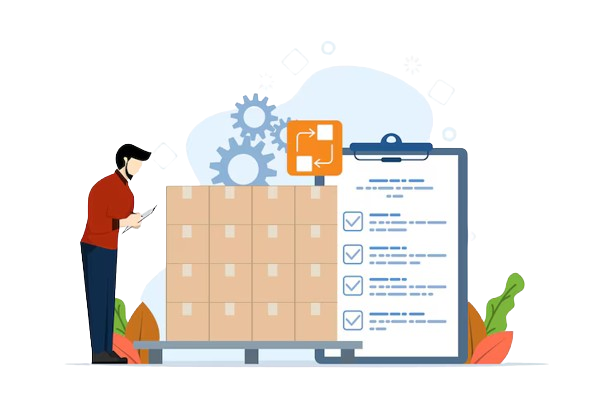
Tracks stock levels and movements.
Manages procurement processes.
Controls storage locations and operations.
Forecasts demand and plans production.
Ensures product standards through inspections.
Automates item identification.
Monitors batch/item histories.
Calculates inventory worth using various methods.
Prevents stock outs by setting minimum levels.